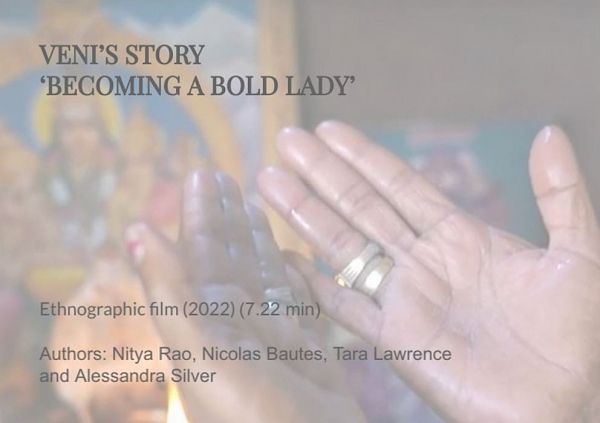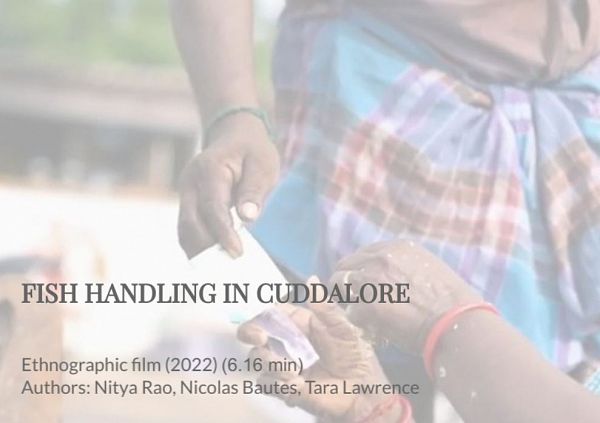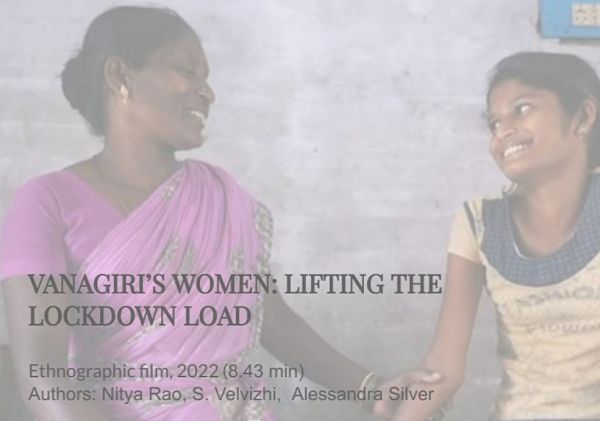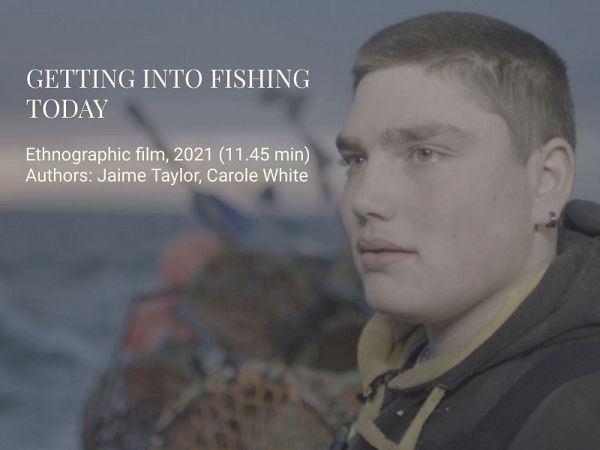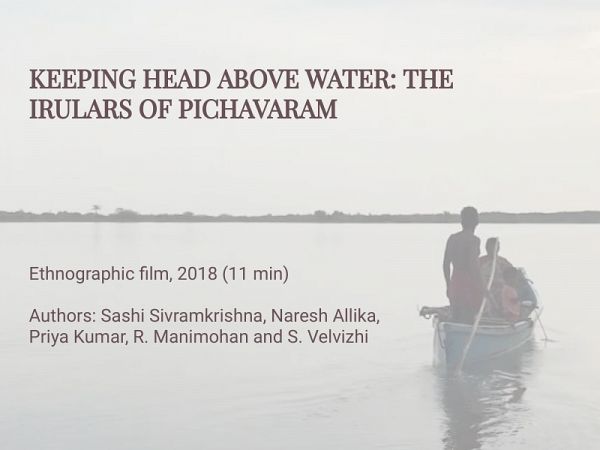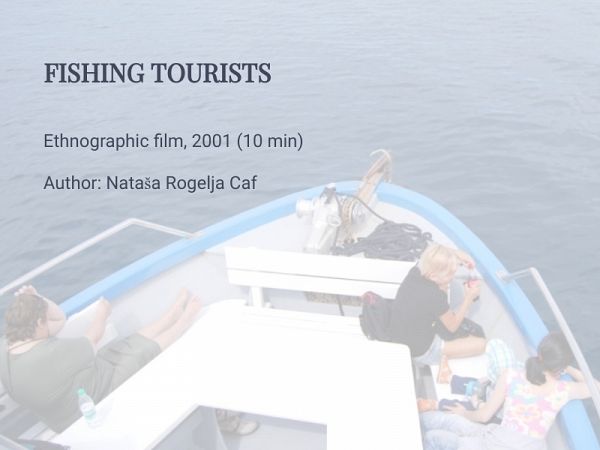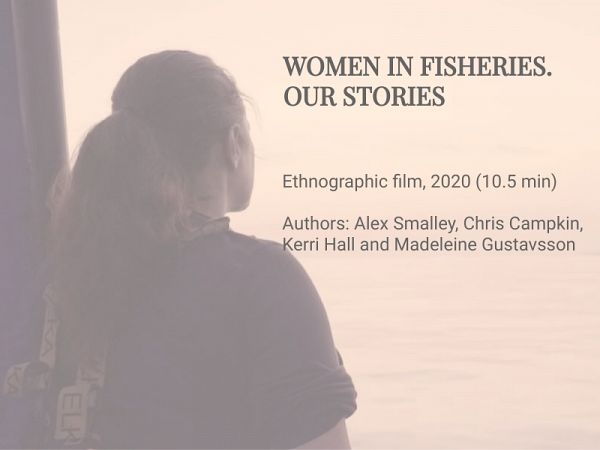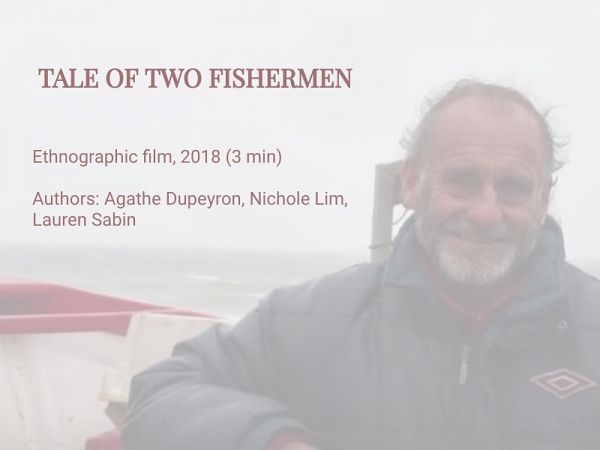The ethnographic films presented here touch, directly or indirectly, on questions of vulnerability to environmental, social, and economic shocks and changes and show how fishermen and fisherwomen cope with coastal changes in their everyday lives. They present various locations (Tamil Nadu coast in India, Scotland and Cornwall in the UK, the Slovenian coast in the North Adriatic) characterised by different historical and contemporary developments, constraints and possibilities that nonetheless exhibit common themes of loss and precarity but also hope, adaptability, and resilience.
Not surprising for those familiar with the fisheries’ past and present, women generally play a central role in small-scale fishing. As displayed with much ethnographic nuance in the films Women in Fisheries: Our Stories (UK) and Keeping Head above the Water: The Irulars of Pichavaram (India), they are either directly involved in fishing or contribute through various indirect activities such as collecting feed for the aquaculture industry, working in the distribution of fish, accounting, customer relations or business management. We could say that throughout the history of this male-dominated activity, women have been a constant, rarely presented in stereotypical heritage images and other imaginaries of fishing yet helping fishing communities to adapt, survive, and even move forward. Furthermore, the Irulars’ story is an example of constant adaptation and diversification of their activities, caused not only by environmental changes but also due to political and policy initiatives (such as the Joint Mangrove Management Programme of Tamil Nadu) and global trends in fisheries. The most recent adaptation of their activity is collecting polychaete worms in shallow, waterlogged areas, selling them for aquaculture use, a hazardous activity that can cause serious health problems.
Another sort of diversification of fishing activity is showcased in the film Fishing Tourists (Slovenia). Particular attention is paid to one of the adaptive strategies developed by Slovene fishermen after 1991 when some of the North Adriatic states gained independence but also lost common fishing territories and markets and became enmeshed into maritime border disputes. In these circumstances, Slovenian fishers started to combine fishery with tourism. Although fishing tourism and fishing differ in many ways, fishers emphasise that through this activity they were able to maintain their close relationship with the sea. The sea, in this case, represents a constant factor in fishers’ wellbeing, maintaining their close relationship with the maritime environment and boats. Similarly, the short ethnographic film Tale of Two Fishermen, told on the shores of the North Sea (UK) – a much harsher and less forgiving environment in comparison to the Mediterranean – highlights the subjective, relational, and material aspects of wellbeing associated with fishing. The decline of the fishery is a leitmotif in both films bringing to the fore various questions associated with continuity and change in fishing and what the future holds for fishing communities, including younger generations.
These short but insightful films invite us to re-think the treatment of coastal ecosystems and all living creatures crucially dependent on these areas for survival. If, in the words of Jentoft et al. (2011), we want to create a future for small-scale fisheries, we first need to imagine it. However, this imagining should be done with a firm grasp of the imprints the fisheries’ tradition has made on the skills, lifestyles, and sense of self and place of fishing communities. While environmental conditions are difficult to manage (but not completely impossible), fisheries are also strongly affected by policies, especially in connection to the Blue Growth agenda. The films are thus also a message for experts, policy-, and decision-makers to take into account not only the economic aspects of fishing but the particular way of life fishing entails and the value of this not only for fishing communities but also for wider human ecological relations.
Nataša Rogelja Caf, Research Centre of the Slovenian Academy of Sciences and Arts
Martina Bofulin, Research Centre of the Slovenian Academy of Sciences and Arts
